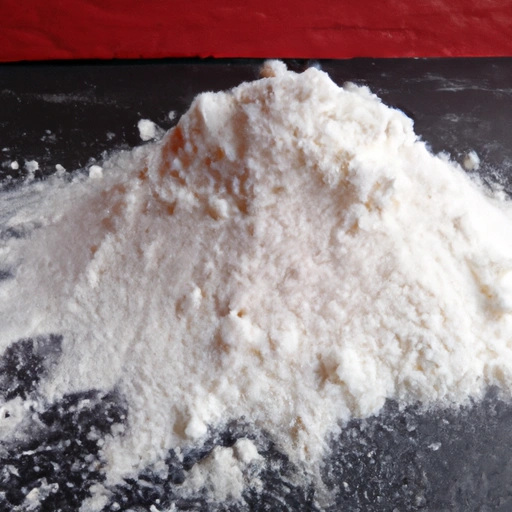Milk Powder
Description

Milk powder, also known as powdered milk or dried milk, is a manufactured dairy product made by evaporating milk to dryness. It has a long shelf life due to its low moisture content and is often used as a substitute for fresh milk when it is not available or practical. With its versatile nature, milk powder is used in a multitude of culinary applications across various cultures and cuisines. Available in different forms such as whole, skimmed, or non-fat, it caters to diverse dietary needs and preferences.
Common uses
Milk powder is commonly used to add richness, flavor, and texture to a variety of foods. It is often used in baking, where it adds tenderness and flavor to cakes, cookies, and bread. Additionally, it is found in confectionery, such as chocolate and candy, where it contributes to creaminess and mouthfeel. In many cultures, milk powder is also used as a creamer for tea and coffee, and as a base for infant formula, meal replacements, and nutritional supplements.
Nutritional value
Calories
A typical serving of 1/4 cup (approximately 30 grams) of full-fat milk powder contains about 159 calories (666 kJ).
Protein
Milk powder is rich in proteins, providing about 8 grams per 1/4 cup serving (30 grams).
Fat
The fat content in a 1/4 cup serving of full-fat milk powder is approximately 8.5 grams, while non-fat milk powder contains virtually no fat.
Carbohydrates
Carbohydrates in milk powder amount to roughly 12 grams per 1/4 cup serving (30 grams).
Vitamins
Milk powder is a good source of vitamins, particularly B vitamins like riboflavin and B12, and it often contains added vitamin D.
Minerals
It is also rich in minerals, including calcium and phosphorus, which are essential for bone health.
Health benefits
The consumption of milk powder can contribute to one's daily intake of calcium and protein, supporting bone health and muscle maintenance. It also provides essential vitamins and minerals that are necessary for overall health. However, it is important to consume it in moderation as part of a balanced diet.
Potential risks
Overconsumption of milk powder, especially varieties high in added sugars and fat, can lead to weight gain and other health issues. Individuals with lactose intolerance or milk allergies should avoid milk powder. Additionally, some brands may contain additives or sweeteners that may not be suitable for everyone.
Common recipes
Milk powder is used in various recipes such as bread, cakes, cookies, smoothies, and desserts like custard and ice cream. It is also used in savory dishes to add creaminess, such as in soups and sauces.
Cooking methods
Milk powder can be reconstituted with water to make liquid milk, used directly in its powdered form in baking and confectionery, or as a thickening agent in soups and sauces.
Pairing with other ingredients
It pairs well with ingredients like sugar, cocoa, coffee, and spices such as cinnamon and nutmeg, enhancing the flavors in sweet dishes. In savory recipes, it complements cheese, garlic, and herbs.
Summary
Milk powder is a versatile ingredient that serves as a staple in many kitchens worldwide. Its convenience and long shelf life make it a practical choice for those looking to add the richness of milk into their cooking and baking endeavors. While it offers various health benefits, it should be used wisely to accommodate individual dietary needs and preferences.